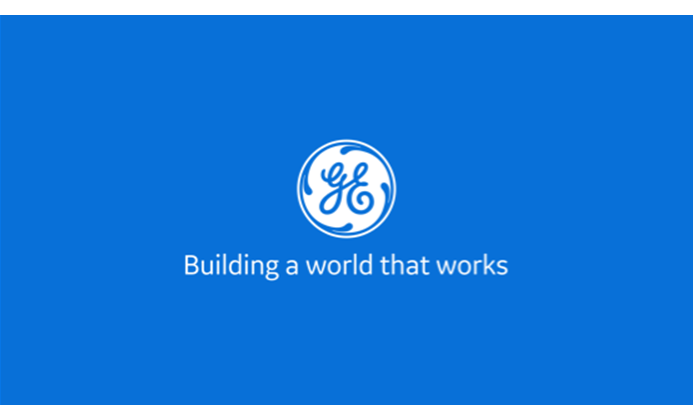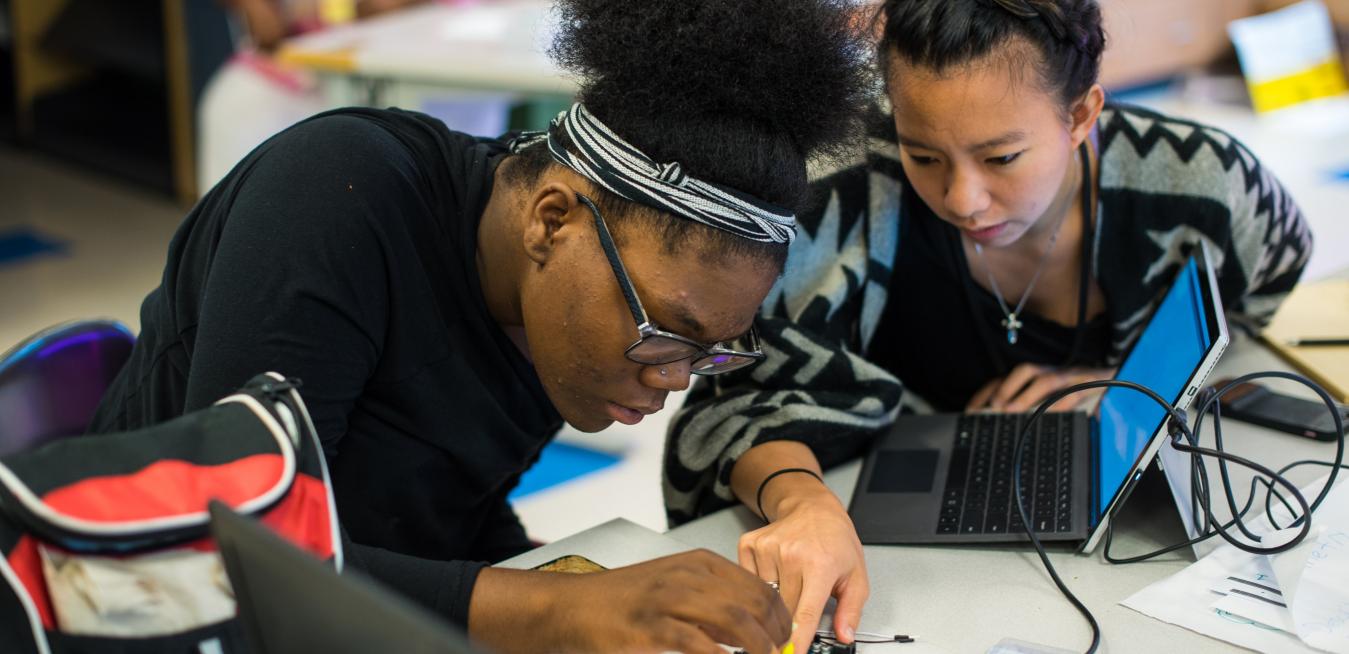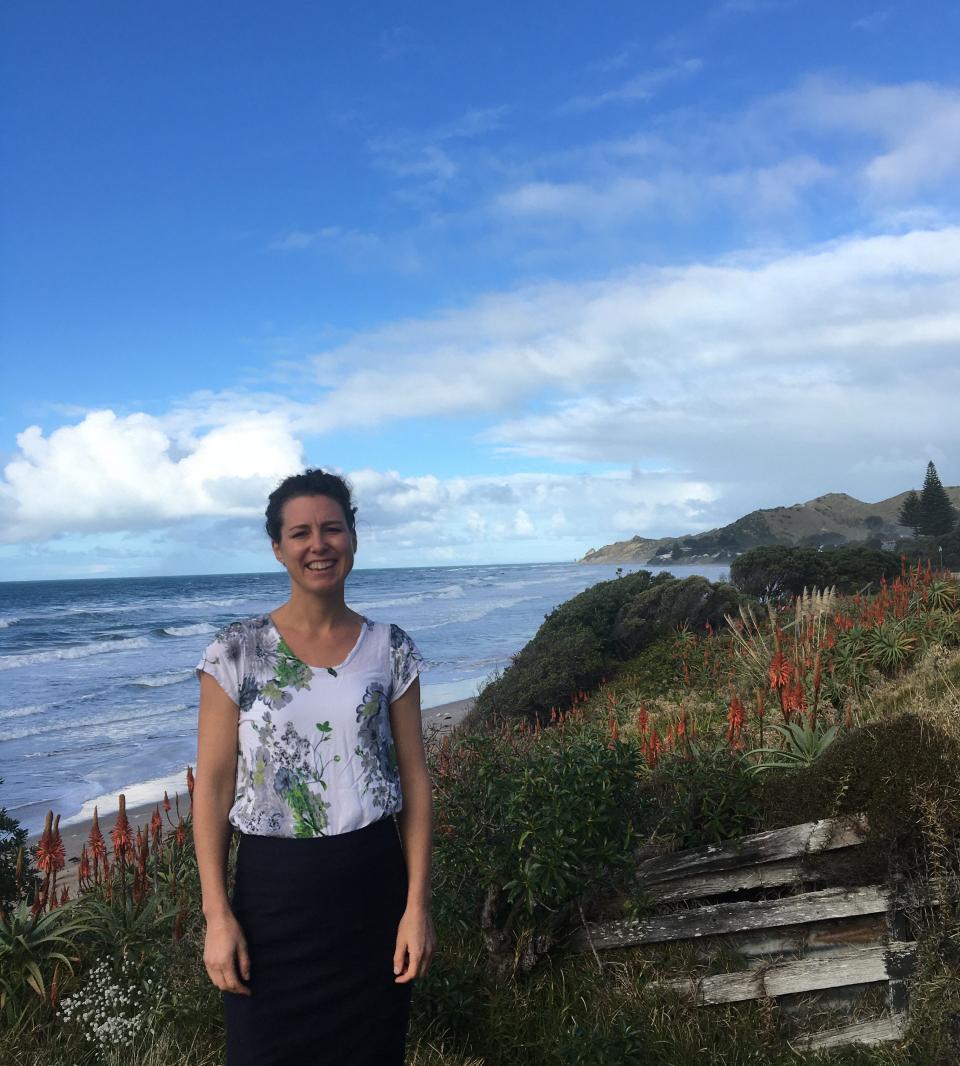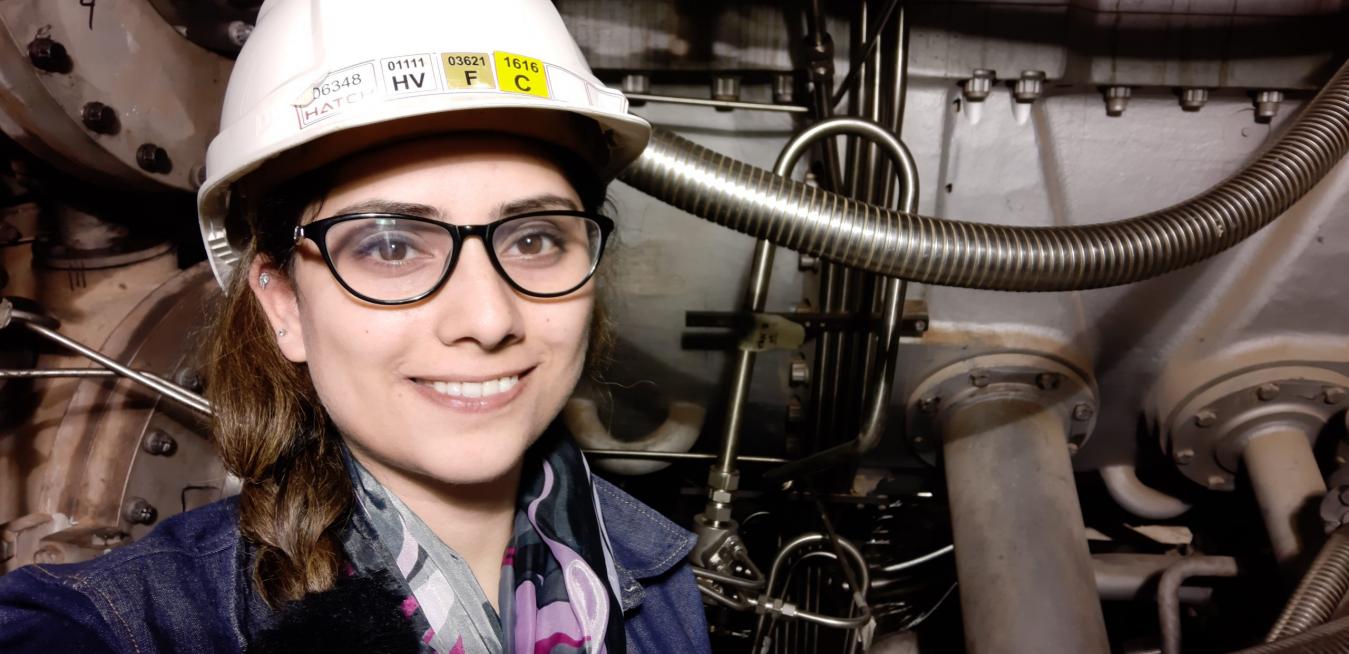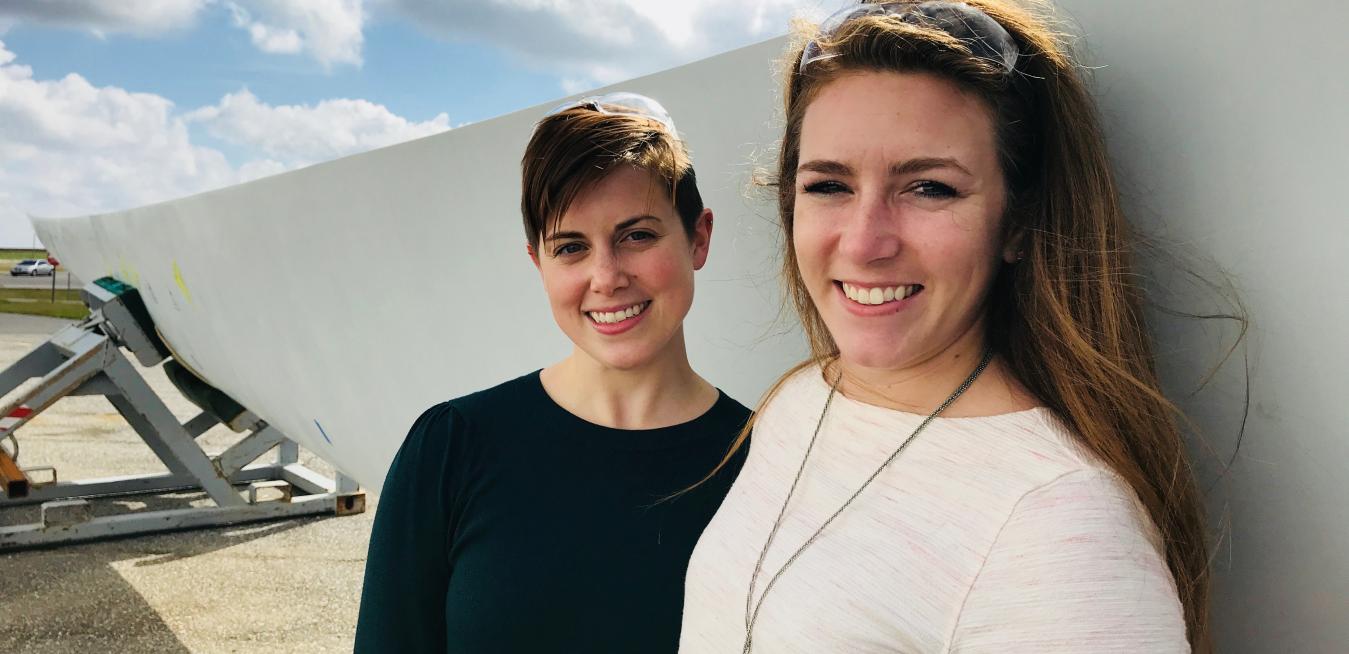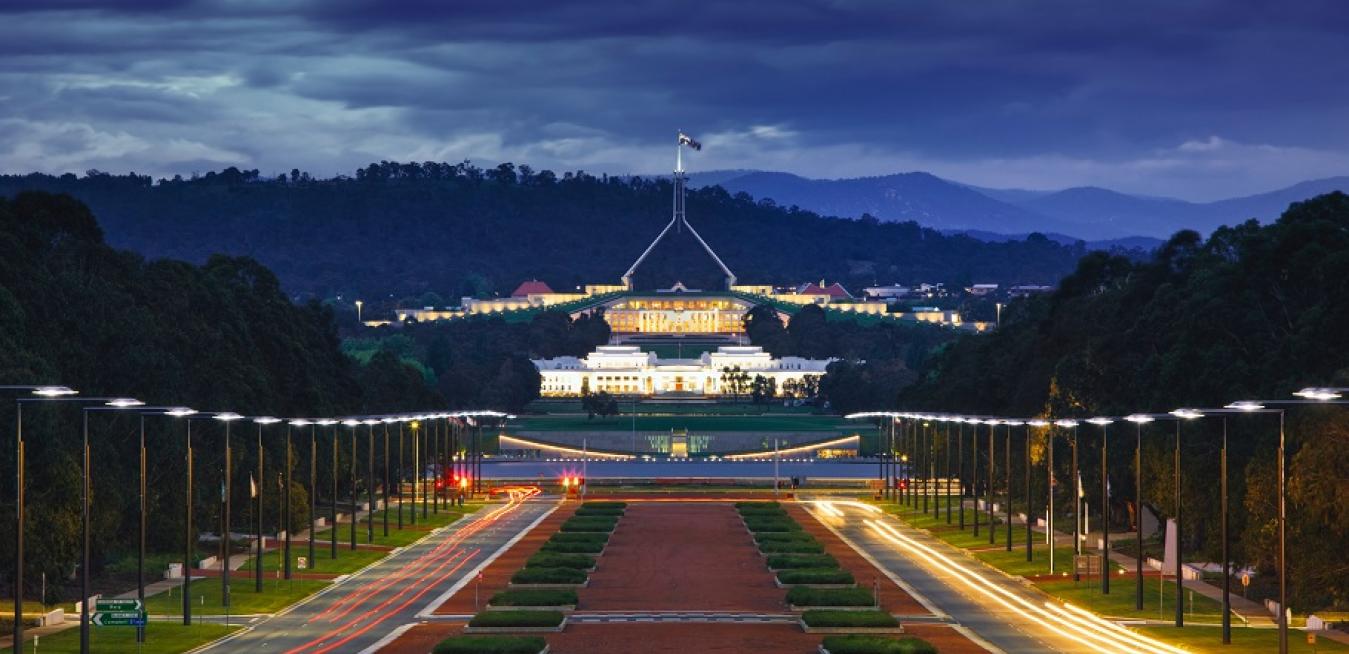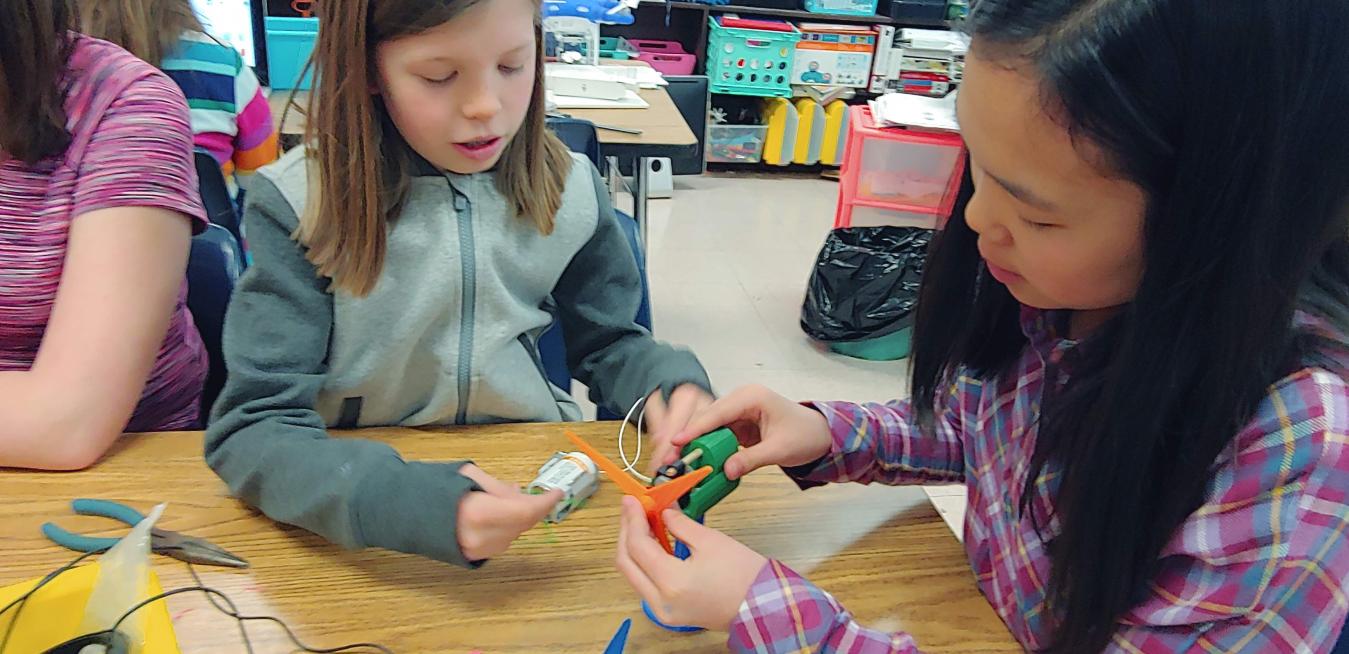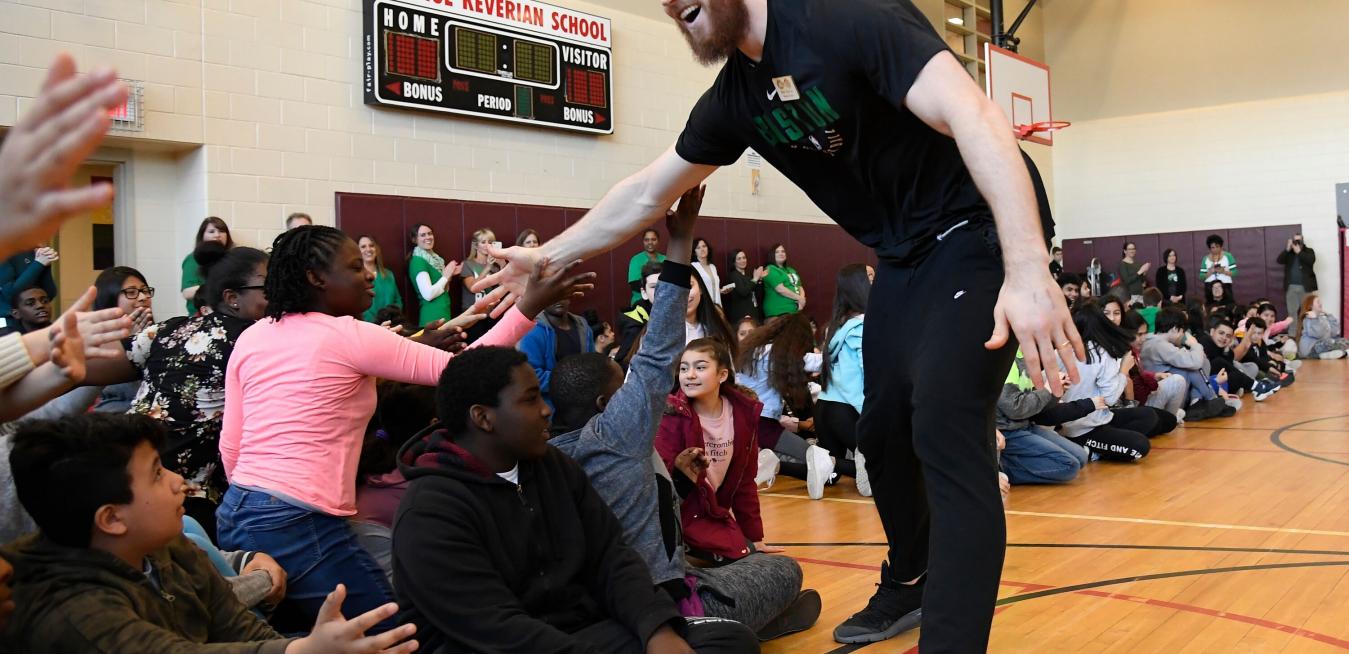The first time Alisha Davis-Kent heard about Next Engineers, GE’s college readiness program focused on increasing the diversity of young people in the engineering field, she felt like someone had “heard my story, understood my story and was creating a solution to help others overcome some of the struggles and problems that I had as a child.”
Jordan Finlay has big plans for the shipping container he recently purchased. The principal of Hughes Academy for Science and Technology, a middle school in Greenville, South Carolina, and his students want to transform the empty vessel into a zero-waste concession stand. With the support of local businesses, the repurposed shipping container will be open for business at Hughes athletic events. It will provide students with a real engineering experience that Finlay believes “can open up their world” and also sell some healthy snacks.
Before Elizabeth Ivy Johnson interned at NASA’s High School Apprenticeship Research Program, at Florida International University (FIU) in Miami, the summer before her senior year in high school, she never had dreamed of becoming an engineer. She had contemplated becoming a lawyer or accountant — careers she had heard would give her financial stability. She didn’t know any engineers among her family or friends who lived in her Washington, D.C.-area neighborhood when she was growing up.
Growing up in the flight path of Reagan National Airport in the Washington, DC, area, Shawn Newman became fascinated by the planes that flew over his house. In middle school, on days when the sun lingered into the evening, he was sometimes able to pursue them to their destination. “The best days were when I had time to ride my bike an hour to the airport to get a closer look at the planes taking off and landing,” Newman says.
Later this year GE’s most advanced magnetic resonance imaging (MRI) system will be installed at Mātai, the medical imaging research and innovation centre in Tairāwhiti Gisborne. Leading the charge to use the technology to its fullest is New Zealander Dr Samantha Holdsworth, Mātai CEO, who knows how MR can produce astoundingly detailed images of the body—from brain to blood vessels and bones.
The stakes are high, yet the interactions are personal and memorable as politicians seek to broaden their understanding of the possibilities by meeting face to face with scientists, technologists, engineers and mathematicians.

